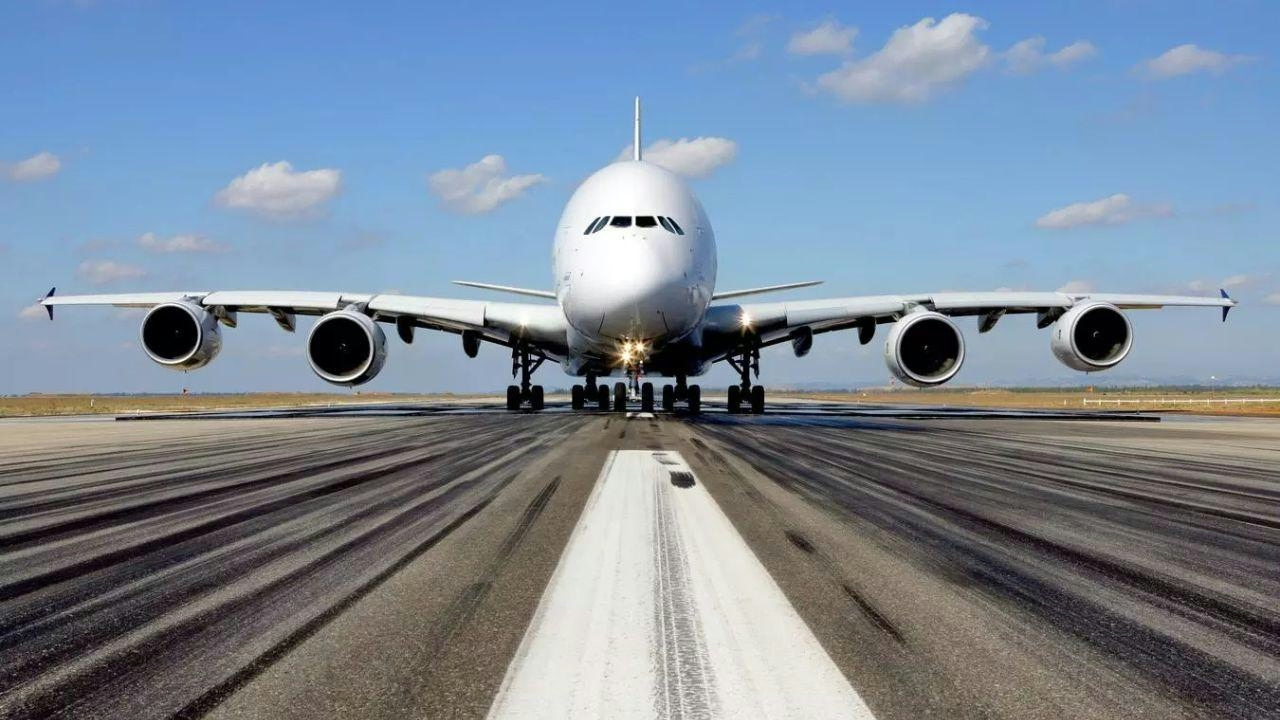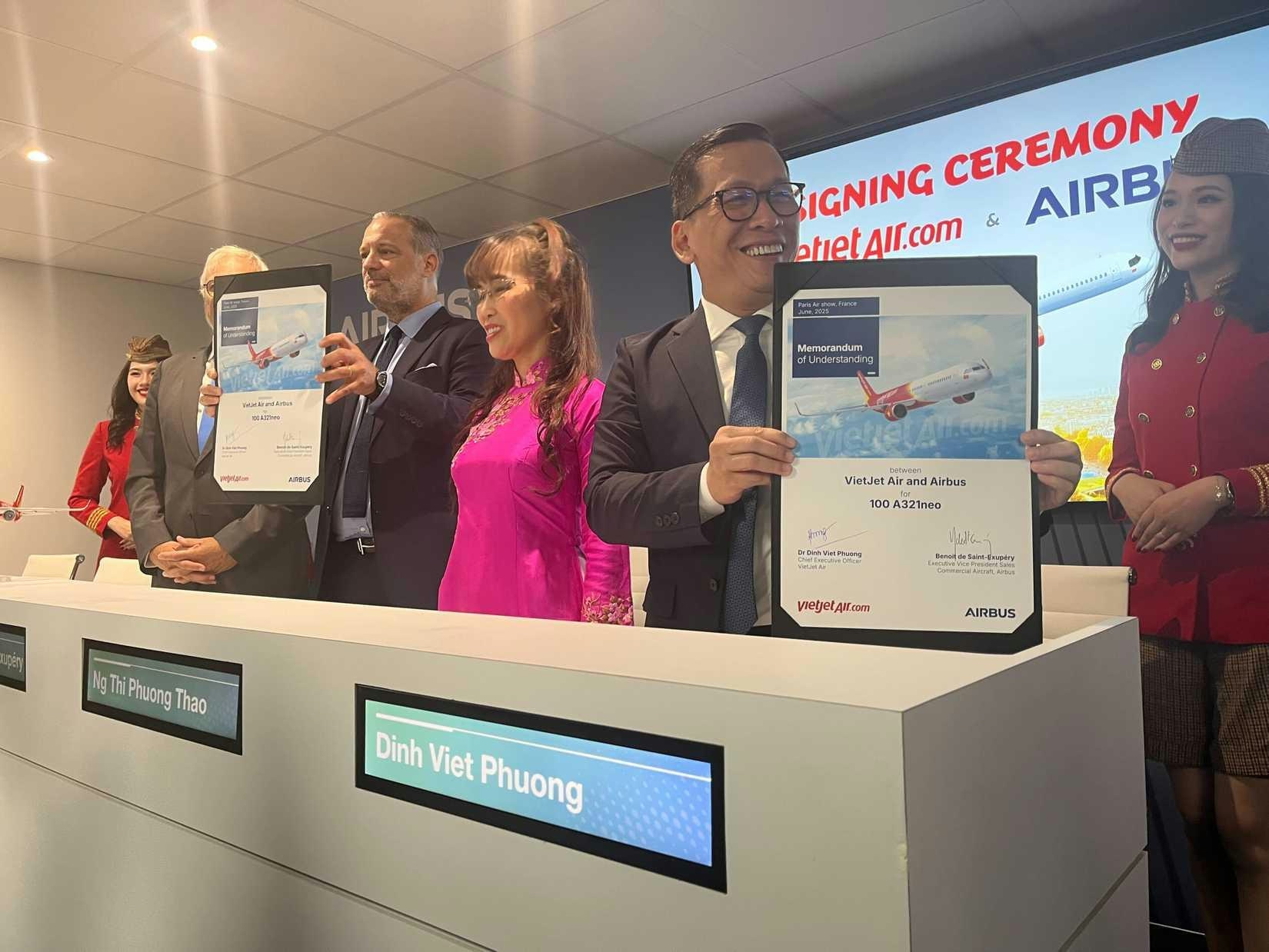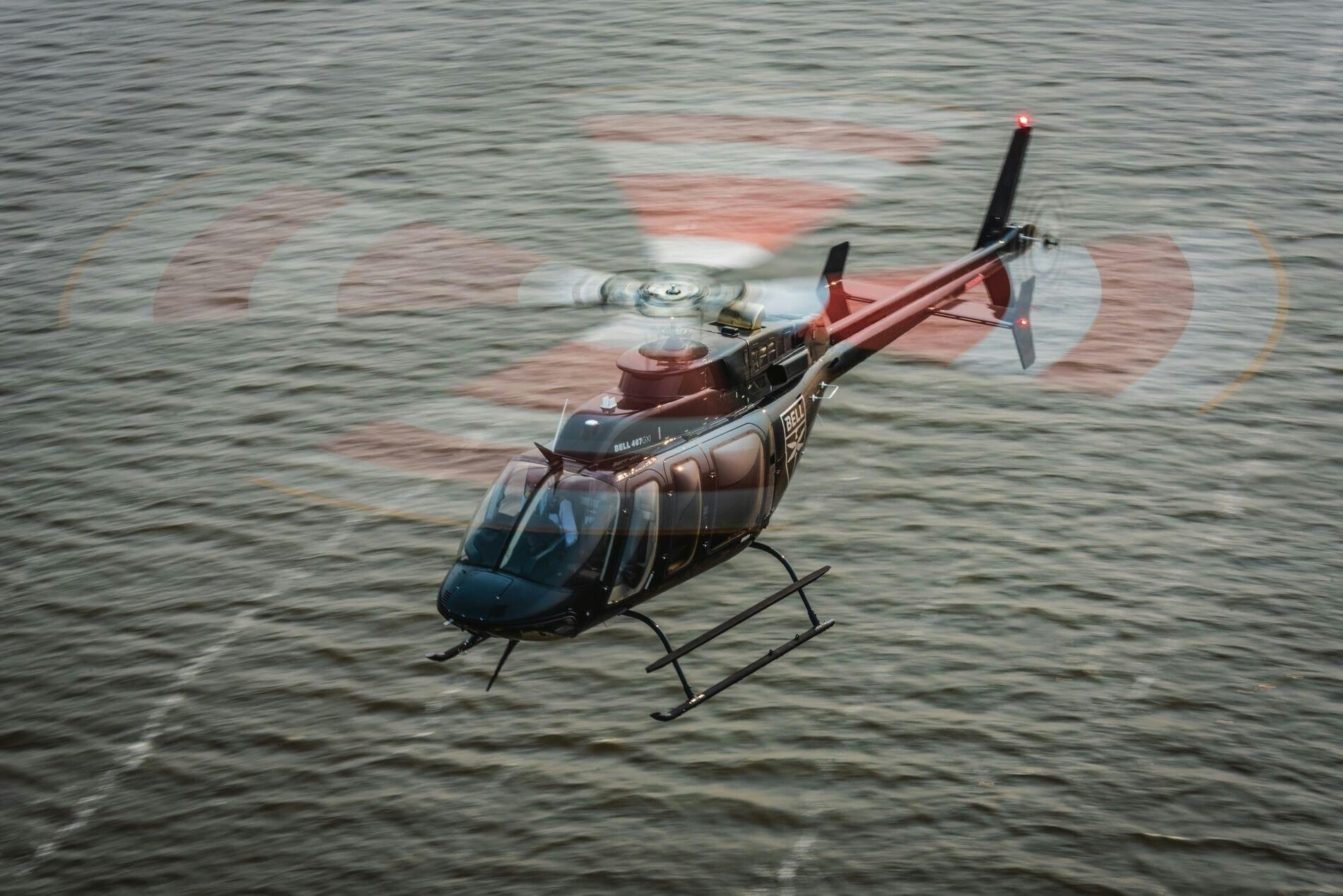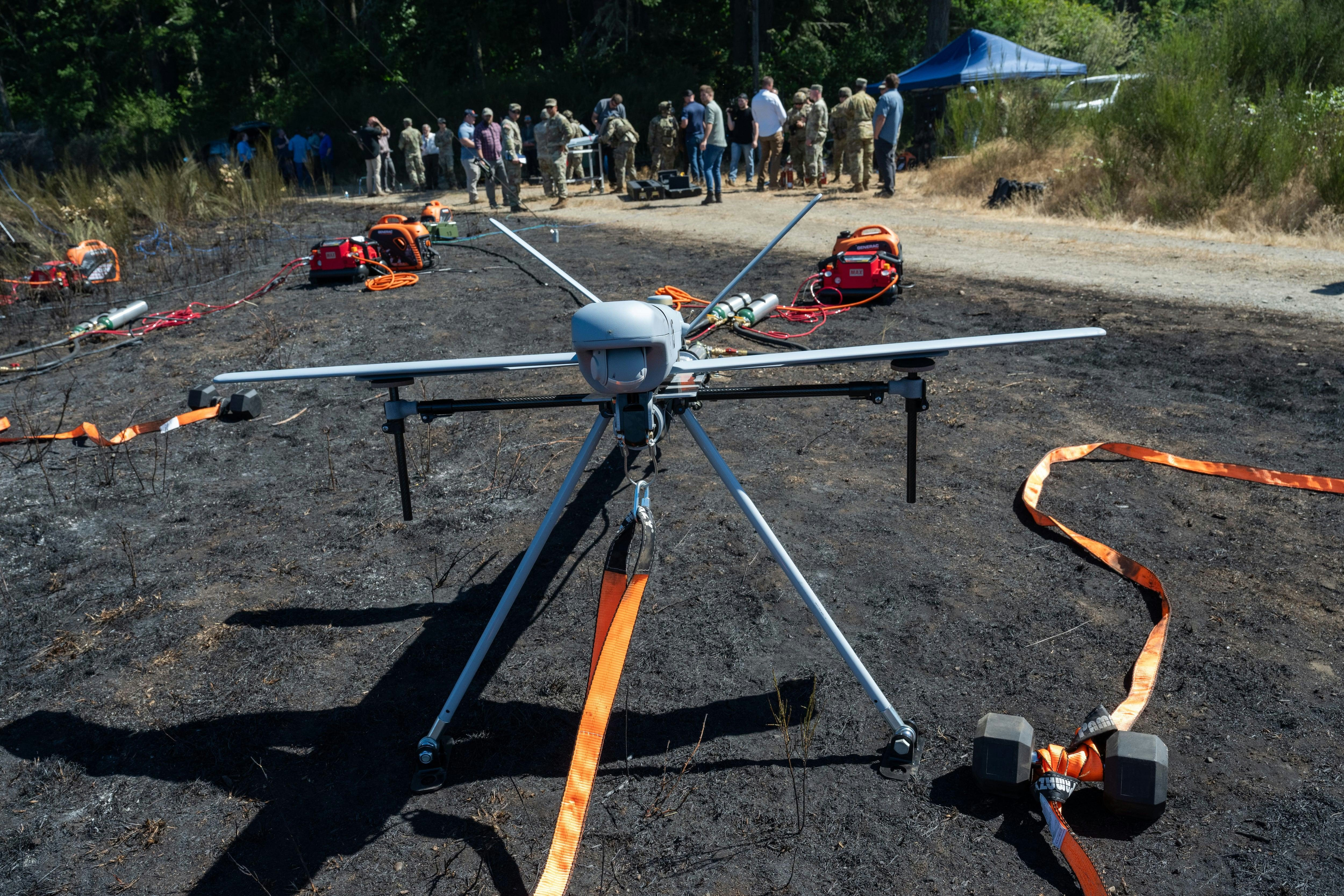
AeroGenie: il tuo copilota intelligente.
Tendenze
Categories
Maintenance Challenges Persist at Air India Amid Oversight and Merger Issues

Maintenance Challenges Persist at Air India Amid Oversight and Merger Issues
Regulatory Scrutiny and Maintenance Concerns
In June, just days before a fatal Boeing 787 crash in Ahmedabad, India’s civil aviation regulator, the Directorate General of Civil Aviation (DGCA), issued a show cause notice to three senior officials within Air India’s engineering division. The notice demanded explanations regarding the use of multiple aircraft components beyond their approved service life. The following day, the DGCA issued warnings to Air India’s Chief Executive Officer, Campbell Wilson, and the head of engineering after receiving a tip-off from Canadian authorities about a malfunctioning business class seat belt on a Toronto-bound flight.
These incidents are indicative of a broader pattern of maintenance challenges at Air India. The airline has received at least five other regulatory notices in recent months. According to an Air India spokesperson, most of these issues were self-identified and promptly reported to the DGCA, with corrective measures implemented. Nevertheless, persistent concerns remain about the underlying causes of these maintenance lapses and their implications for operational safety.
Structural Weaknesses and Legacy Issues
A comprehensive inspection triggered by the recent crash and ongoing audits has revealed significant deficiencies in Air India’s engineering processes. Central to these challenges is the role of AI Engineering Services Ltd (AIESL), a government-owned entity that remained separate following Air India’s privatization. AIESL’s longstanding problems with record-keeping, attributed to chronic underinvestment and inadequate oversight, continue to undermine maintenance standards. This legacy presents a formidable obstacle to the Tata Group’s ambitious plans to revitalize the airline.
An Air India engineer highlighted the gravity of the situation, noting that “engineering and flight operations are the core pillars that can make or break an airline.” He referenced a February incident involving an Airbus A320 en route to Kathmandu, which was forced to return to Delhi after concerns arose that its emergency evacuation slide had expired. Subsequent inspections revealed the slide had been replaced only days earlier, underscoring persistent gaps in maintenance documentation and oversight.
Accurate and meticulous maintenance records are critical for ensuring airline safety and regulatory compliance. These records document everything from routine inspections to component replacements, serving as the foundation for airworthiness and predictive maintenance. Historically, Air India’s maintenance records were managed by AIESL using rudimentary tools such as Microsoft Excel, rather than specialized software mandated by the airline. Since the Tata Group’s acquisition, a new system called AMOS has been introduced to address these deficiencies and modernize record-keeping practices.
Industry-Wide Labor Shortages and Regulatory Challenges
Compounding Air India’s internal challenges is a severe shortage of technical personnel across India’s aviation sector. The DGCA recently initiated a recruitment drive to fill nearly 55% of its vacant technical positions, highlighting the strain on regulatory oversight amid rapid growth in air traffic and airline operations. This shortage hampers the regulator’s capacity to enforce safety standards effectively and places additional pressure on airlines like Air India to maintain compliance and operational safety.
Despite these systemic issues, recent inspections following a fuel switch incident involving a Boeing 737-787 found no immediate safety concerns at Air India. Market reactions have remained stable; Boeing’s stock continues to maintain a high price target despite the recent crash, and competitors have not reported significant operational disruptions.
As Air India endeavors to overhaul its engineering practices and navigate industry-wide labor shortages, the success of these reforms will be closely monitored by regulators, investors, and passengers worldwide.

Lufthansa's Fleet Plans for 2025

Fifteenth National Games Model Aviation Finals in Longhua Showcase Drone Sports and Innovation

Brazilian Woman Becomes First Female Captain of Airbus A380

Airbus and Boeing: Comparing Their Global Reach

Vietjet Orders 100 Airbus A321neo Jets, Strengthening UK-Vietnam Strategic Partnership

The Aircraft Set to Replace the Iconic Superjumbo

Delta Air Lines Introduces AI-Powered Concierge Service

Shanghai to Host 2025 North Bund International Aviation Forum

Air Methods Acquires Three Bell 407GX Helicopters and Receives Bell 429 for Medical Fleet
